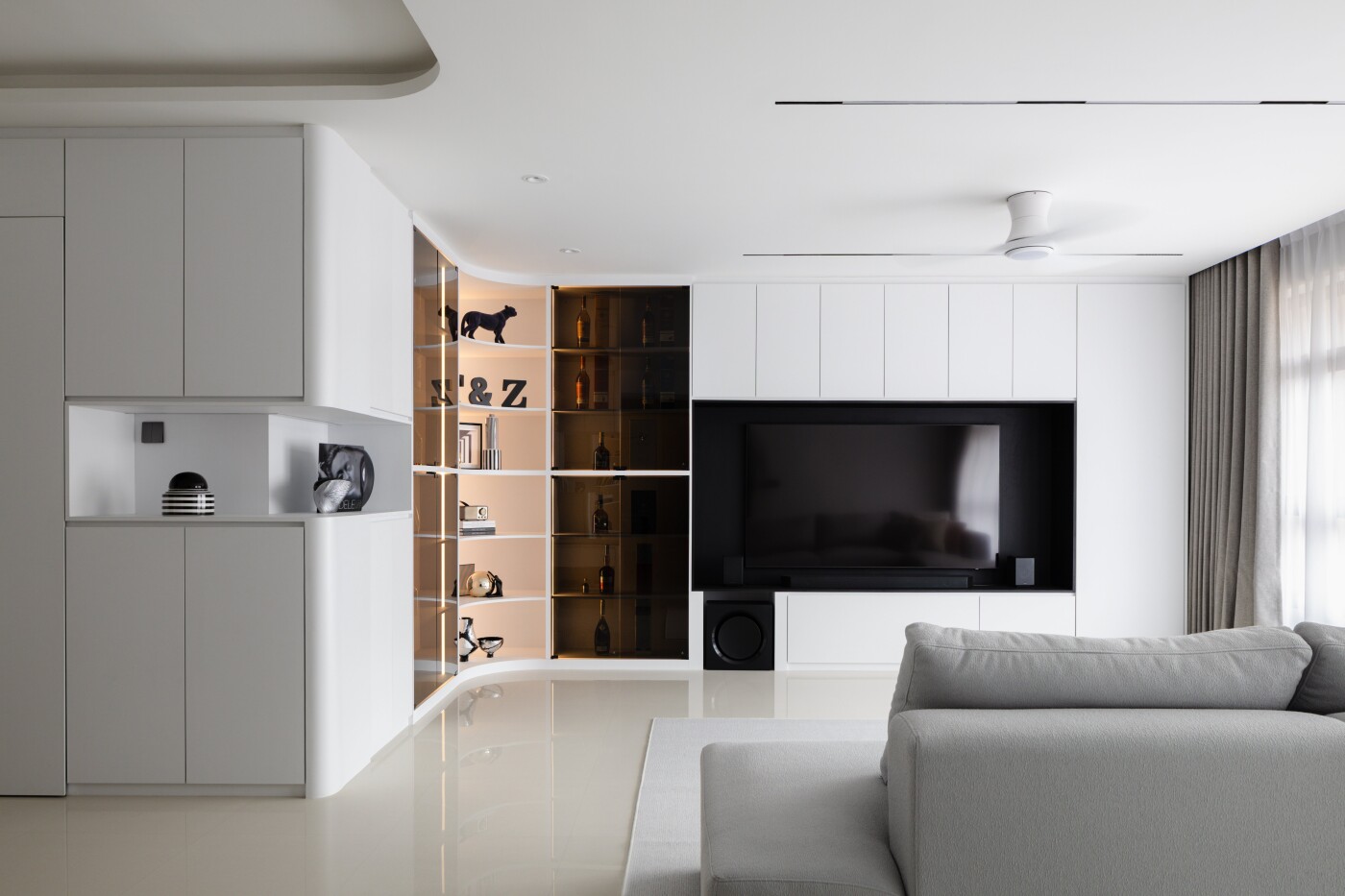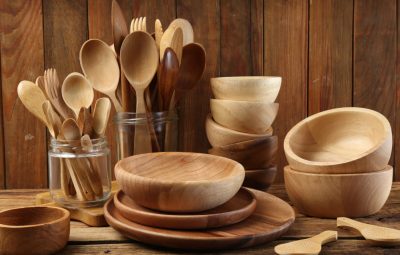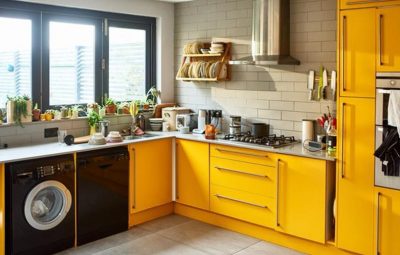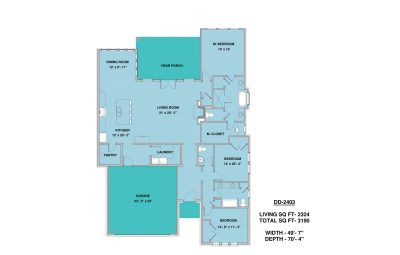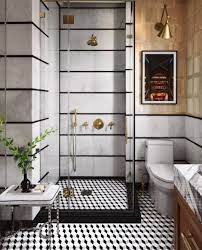Let’s be honest—modern life is noisy. Not just in sound, but in stuff. We accumulate things like they’re going out of style, only to find ourselves drowning in clutter. Minimalist living isn’t about stark white rooms or owning just 100 items (unless you want it to be). It’s about intentionality. About choosing what adds value and letting go of what doesn’t. Here’s how to start.
Why Minimalism? The Unexpected Benefits
You might think minimalism is just an aesthetic trend, but the benefits run deeper. Studies show that clutter increases stress levels—your brain literally can’t relax when surrounded by chaos. On the flip side, a decluttered space can boost focus, save time (no more searching for lost keys!), and even improve sleep. And financially? Well, buying less means saving more. Simple math.
The Psychological Weight of Stuff
Ever notice how a messy room feels heavier? It’s not just in your head. Clutter acts like visual noise, constantly pulling at your attention. Think of it like browser tabs—the more you have open, the slower your brain runs. Minimalism? It’s the ultimate system reboot.
Getting Started: The Minimalist Mindset
Before you toss anything, shift your perspective. Minimalism isn’t deprivation—it’s curation. Ask yourself: Does this serve a purpose or bring joy? If not, it’s likely just taking up space, both physically and mentally.
The 90/90 Rule
Here’s a trick: If you haven’t used something in the last 90 days—and don’t plan to in the next 90—let it go. Exceptions? Seasonal items (like winter coats) or sentimental keepsakes. But be ruthless with the rest.
Practical Steps to Declutter
Ready to dive in? Start small. Trying to tackle your entire home in one weekend is a recipe for burnout. Instead, focus on one area at a time—a drawer, a shelf, a single closet. Here’s a battle plan:
- The Four-Box Method: Label boxes as Keep, Donate, Trash, and Relocate. Sort items into these categories as you go.
- One-In, One-Out Rule: For every new item you bring home, remove an old one. It forces mindful consumption.
- Digital Declutter: Don’t forget your phone and computer! Unused apps, old emails, and duplicate photos are digital clutter too.
Room-by-Room Breakdown
| Room | Quick Wins |
| Kitchen | Expired spices, duplicate utensils, mismatched containers |
| Bedroom | Unworn clothes, unused bedding, “someday” items |
| Bathroom | Half-empty products, old towels, expired medications |
| Living Room | Broken decor, outdated magazines, unused electronics |
Sustaining a Minimalist Lifestyle
Decluttering is just the first step. The real challenge? Keeping it that way. Here’s how to make minimalism stick:
- Shop with intention. Ask: “Do I need this, or do I just want it?”
- Embrace quality over quantity. A few well-made items beat a closet full of fast fashion.
- Schedule regular “check-ins”. Every season, reassess what you own.
The Joy of Missing Out
Minimalism isn’t just about stuff—it’s about time and energy too. Learn to say no. Skip the impulse buys, the unnecessary commitments, the guilt-driven “yeses.” You’ll find freedom in the space you create.
Minimalism Myths Debunked
Let’s clear up a few misconceptions. Minimalism doesn’t mean:
- Living in an empty room with one chair (unless that’s your vibe).
- Never buying anything new.
- Getting rid of sentimental items that truly matter to you.
It’s about conscious choices, not rigid rules. Your version of minimalism might look different from someone else’s—and that’s okay.
Final Thought: Less Is More
In a world that screams “more, more, more,” choosing less feels radical. But here’s the thing: when you remove the excess, what’s left is what truly matters. Not just in your home, but in your life. So—what will you make space for?


